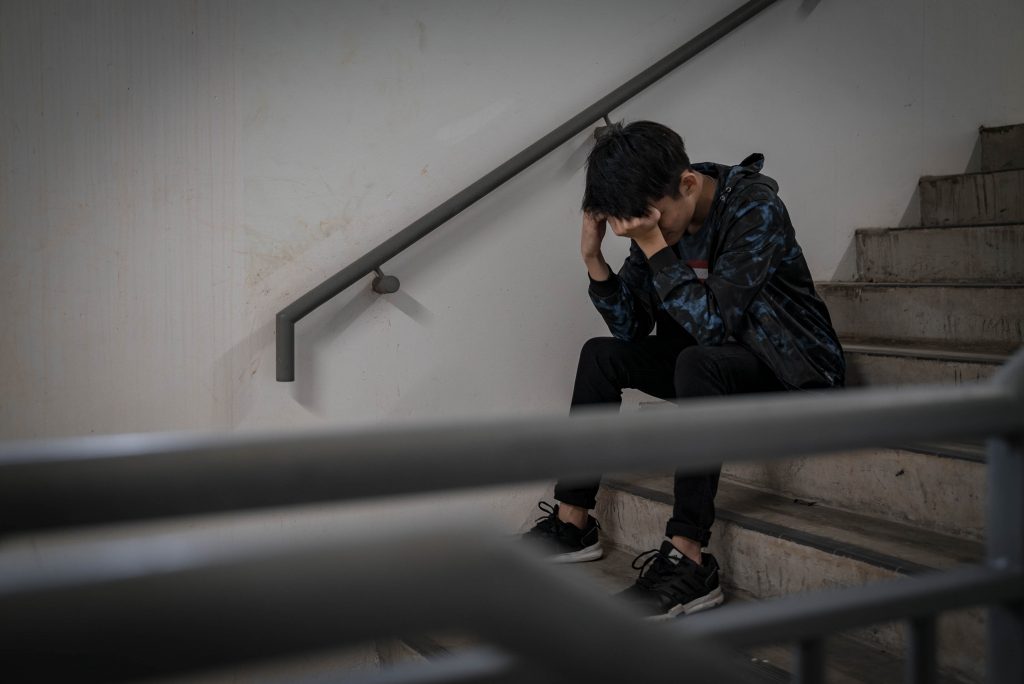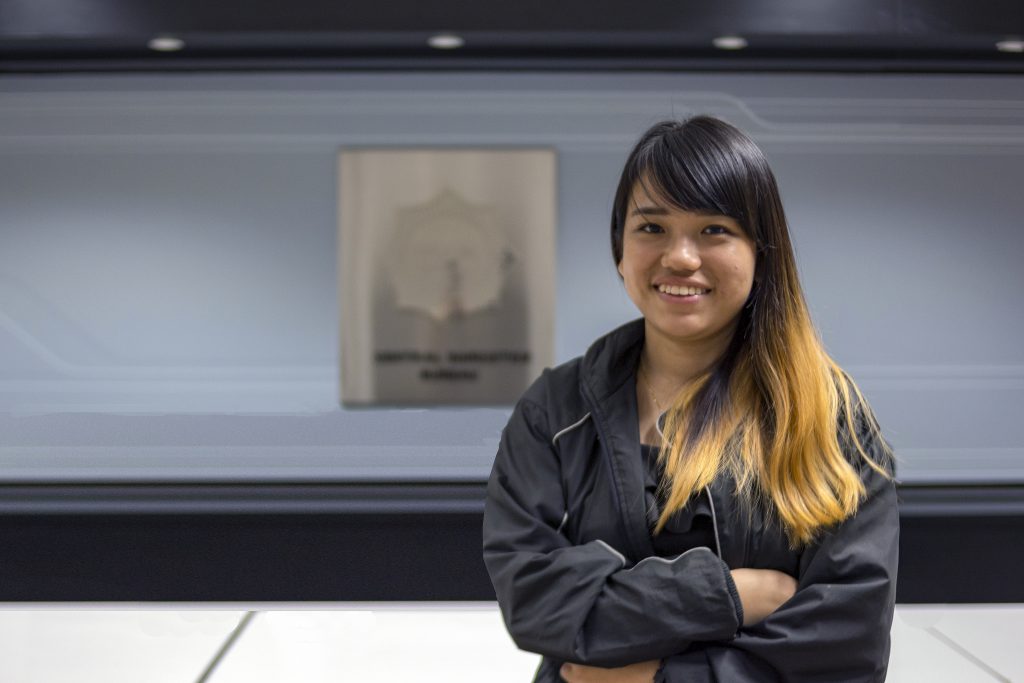
At the mere age of 12, Stephen (not his real name), was already familiar with vocabularies like marijuana, LSD, ecstasy, magic mushrooms, cocaine and more.
The boy was then living in Canada, where people had easy access to recreational drugs. It’s also a country where adults can buy marijuana for enjoyment legally since the end of last year.
Stephen was curious about drugs. When he wanted to calm himself down after witnessing a traumatic fight at home, he gave himself a reason to take drugs like OxyContin, an opioid painkiller that generated enormous profits for its manufacturer Purdue Pharma in the late 1990s and 2000s.
Initially, OxyContin seemed like a lifesaver to Stephen. It numbed his pain and calmed his anxieties. But he soon developed an addiction to the aggressively-marketed drug, which has since been linked to a huge number of drug overdose deaths and self-destructive behaviors.
Stephen, too, was unknowingly suffering from the side effects of OxyContin. He became irrational and extremely irritable.
“My life and relationships were severely affected,” said Stephen, who’s now 22. He recalled getting into violent arguments with his friends easily. He also lied to his parents and stole from them when he needed money for drugs.
While recreational drugs are not within easy reach to Singaporeans, there’s still an increase in the number of drug abusers from 3,091 in 2017 to 3,439 in 2018, according to data from the Central Narcotics Bureau of Singapore (CNB). Worryingly, the use of the highly addictive Methamphetamine, or crystal meth, has soared over the years.
Among the new drug abusers arrested in 2018, 305 of them are below 20 years old, according to the same data. This represents a near 30 per cent jump from the previous year.
“A lot [of young people] have very liberalized views about drugs,” said Ms Low Wan Er, a senior executive in charge of community partnership in CNB. She’s been encouraging students in institutes of higher learning such as Ngee Ann Polytechnic and Nanyang Polytechnic to produce campaign videos, virtual reality projects and AR mobile games to spread the anti-drug message.

Besides beefing up its preventive education drive, CNB is also strengthening its rehabilitation program. “Rehabilitation is for people who have already taken drugs. We supervise them very thoroughly for up to 5 years,” said Ms Low.
Before returning to Singapore, Stephen went through rehab to kick his drug habit. But soon after his return, he found himself succumbing to heroin and meth yet again. He had obtained his drugs after a chance encounter with a fellow drug user in Singapore.
“After traveling halfway across the world, I thought that I could escape from my addiction,” he said. “That’s when I realized that it’s following me everywhere.”
After 2 months of substance abuse, he finally decided to sign himself up for rehab. It was a difficult time for him. He had no access to the Internet and was prohibited from leaving the rehab compound. At the same time, he was struggling to keep up with school work.
It took him 2 years of discipline and perseverance before he’s finally drug-free.
“Quitting drugs requires breaking away from your current social circle, finding happiness through other ways and a strong family support,” said Stephen, who’s now waiting to receive his diploma. He works as a tattoo artist in the meantime.
“This addiction has affected my life in every way possible and the effects are longer-lasting than one might think.
But it’s because of all these experiences that I’ve grown to become who I am today, and I have absolutely no shame in that.”
